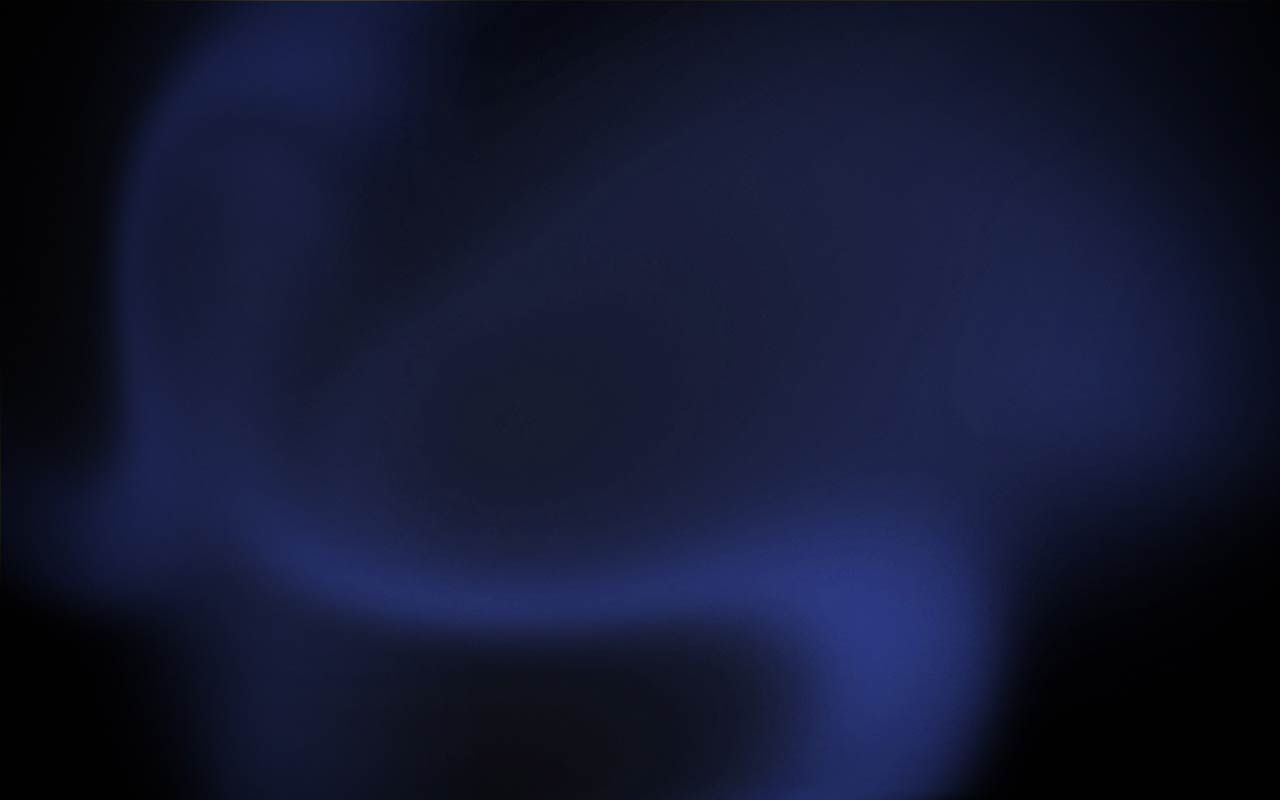

HUMANITY’S NEW SET OF EYES
Team Lumina
29/07/2018
The James Webb Space Telescope (JWST) – the successor to the landmark Hubble Space Telescope – has been delayed, to 30 March 2021, for the third time this year. The delay is in response to a report issued to NASA by an Independent Review Board. The report put to light some glaring human errors amongst other hardware problems. As a result, the development cost has reached an estimated 8.8 billion dollars (previously 8 billion dollars) while the total cost would rise to a staggering 9.66 billion dollars. This project has been the subject of delays and cost changes for the past 21 years. Initially, the total cost was projected to be a relatively mere 500 million dollars. By the year 2000, it had changed to 1.6 billion dollars. It rose up to 4.5 billion dollars in 2005, and 8 billion dollars in 2011.

However, a quick peak at the telescope’s capabilities makes it all seem worth it. The James Webb telescope would be a hundred times more powerful than its predecessor. Some say that it would be a telescope so powerful that it would be able to see the beginning of time.
The receiving surface of the telescope is a honey comb structure of 6.5 m in diagonal, as opposed to the Hubble Space Telescope’s 2.4 m. It is made up of eighteen hexagonal gold-coated beryllium units. In contrast to its predecessor, JWST would specialize in picking up infrared radiation (Hubble could see in the visible and UV sections of electromagnetic radiations as well). This decision was taken due to the purpose of this project: to look for the farthest stars. The further a star is, the more red-shifted its light becomes, owing to the expansion of the universe and the resulting doppler effect (an apparent change in the light’s frequency due to motion of the source). So, eventually a distant star’s light falls into the infrared region, which has a relatively lower frequency. Furthermore, since every heat source gives off infrared radiation, the JWST would be positioned at the L2 Lagrange point (one of the points between two large bodies where a third, small body can maintain its position relative to the other two bodies) via which the Earth and Sun would effectively be “behind” the JWST’s mirror (receiver), and would not disrupt its readings. A giant solar shield in the form of a four-layered polyamide membrane with aluminum on one side and silicon on the other will be on the bottom of the JWST to help keep temperatures below fifty kelvins. Such a low temperature is required due to the sensitive nature of infrared based telescopes. This, coupled with JWST’s positioning, would help ensure precise and accurate readings.
Regardless of its high costs and delayed construction, the JWST has huge potential. Its findings could revolutionize our understanding of the earliest stages of the universe and help shed light on its origin. But, only time will tell if it actually does so.